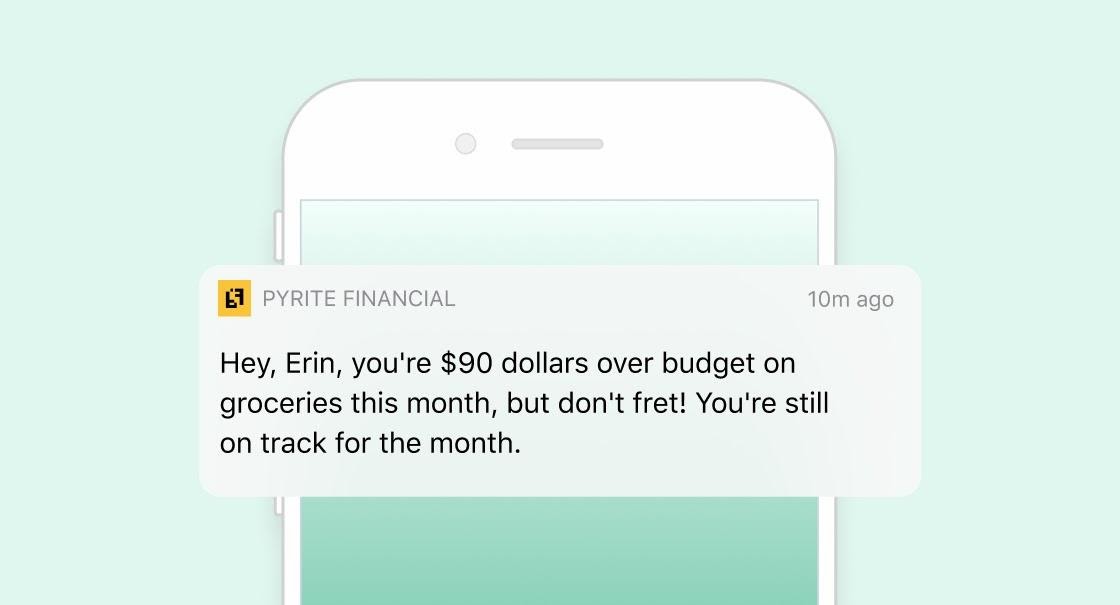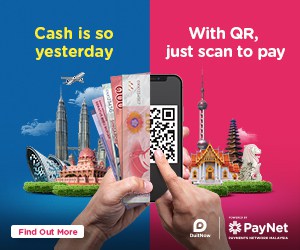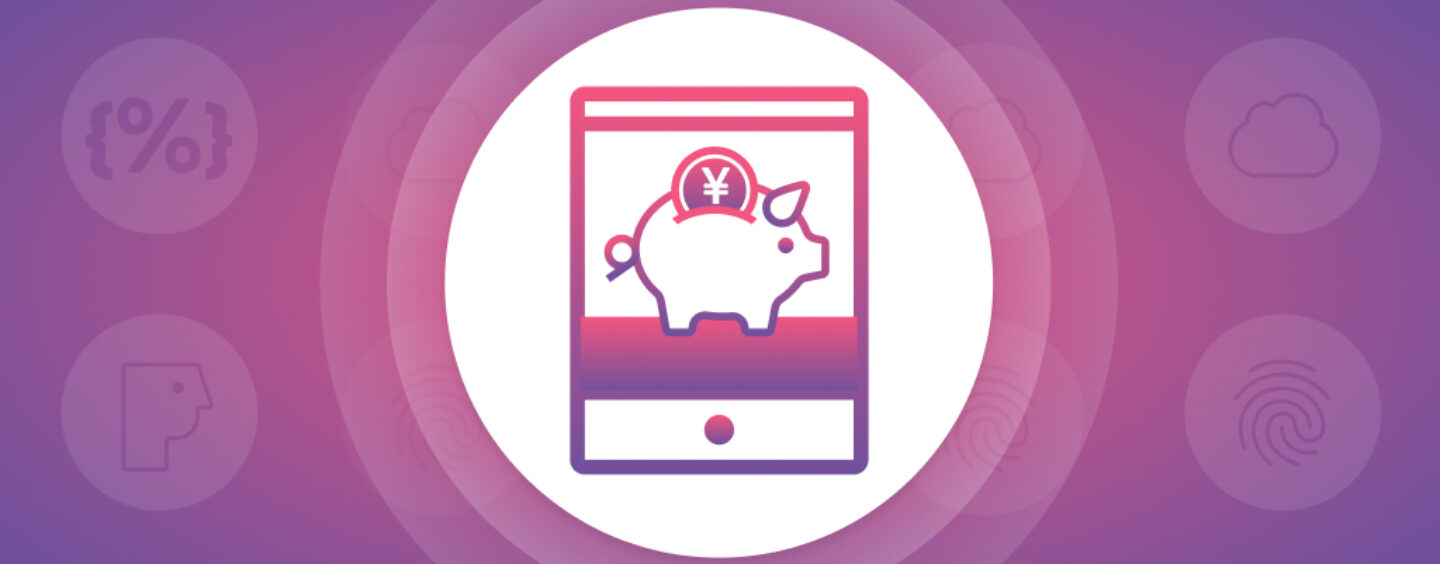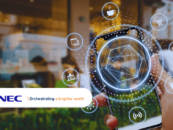In financial services, the growing number of fintech startups and incumbents’ late-to-the-game focus on technology has led to some of the fiercest competition of any industry. Banks are throwing multi-billion-dollar technology budgets into digital transformation initiatives, while fintech brands are racing to build out more products.
Fintechs still have key advantages over financial services incumbents. They can spin up new experiences at a much faster speed, thanks to modern technology stacks and more nimble team structures.
But, many fintechs lack the brand reputation and customer base needed to compete effectively with the giants, which continue to dominate market share. When facing off against the big banks, fintechs have to lean into their strengths, especially their ability to use data to power the responsive, personalised experiences that customers crave, in order to boost their customer retention as they scale.
It’s clear that technology-driven customer experiences are important for both established financial services brands and fintech insurgents, but where are the biggest opportunities for each to use tech to drive stronger customer relationships and business outcomes?
Three Biggest Opportunities for Financial Services Brands
1. Differentiated Loyalty and Rewards
Loyalty is becoming a key focus for innovation as the slim margins for customer reward programs continue to drive friction between banks, card issuers, and merchants. Banks have an opportunity to revamp their existing loyalty programs to make them more responsive and personalised, reflecting consumers’ individual lifestyle needs.
What do you need to carry out a great loyalty program? Credit cards have historically been the main source for cashback rewards in the financial services space, but we are seeing a lot of activity around digital payments and digital banks. Their ecosystems are often mobile and consumer first, integrating seamlessly to everyday lifestyle aspects of the consumers’ lives today. As a result, they are often in direct competition with traditional financial services.
Winners in the financial services industry will not only need to provide the best rewards, they will also need to couple those rewards with experiences that are frictionless and personalised for each individual customer. Imagine receiving a notification from your banking provider that automatically suggests the card that offers the best rewards or savings at the time of purchase. It’s not just about what rewards are offered but rather how those rewards are communicated to customers.
2. Communication and Education
Today’s consumers are looking for providers that not only arm them with the tools they need, they use resources to help them make better financial decisions. Take savings products, for example, many banking customers have many options today (from traditional savings accounts, CDs, high-yield savings accounts, etc.), but can feel overwhelmed when it’s time to select the product that best fits their needs.
By leveraging data together with educational resources and messaging, brands can increase the chances of customers opening a new account or expanding the number of offerings they’re using.
How can banks and fintech brands make that happen? Start by asking the 61% of customers that are willing to share personal information to enable highly personalised experiences, but those experiences aren’t possible if you don’t educate customers about why they should share that data and how you’re going to use it to help them. By incorporating those asks and personalised follow-ups into an effective onboarding flow, you can learn more about each customer and provide them with more value.
3. Demonstrate Value Beyond the Transaction
As the financial services ecosystem continues to expand, personalised user experiences are becoming a prime competitive differentiator.
For example, payments providers can connect with customers both before and after purchases by offering expense management services that arm their users to more effectively control their personal spending. By implementing easy to use, automated features enabling consumers better manage their financial life, these brands can empower them with transparency and control while also bolstering the customer or brand relationship.
Imagine that a consumer gets an alert to pay a cell phone bill while they’re at the mall and they decide to pay a nearby store run by their telecom of choice, rather than their usual web-based bill paying. A smart payments system would be able to speak to that location’s point-of-sale system, allowing it to stop additional alerts and to use updated consumer information to provide guidance for future actions.
The financial services brands that focus their attention on removing friction across their unique journeys will be in the best position to take advantage of this fast-growing area.
More than just data and technology, success will hinge on reshaping the banking experience to put the consumer first, powered by a robust marketing strategy and supported by a foundation of hard-earned consumer trust.
To learn more about how brands can leverage personalisation to provide exceptional customer experiences, check out the Braze personalisation guide.






